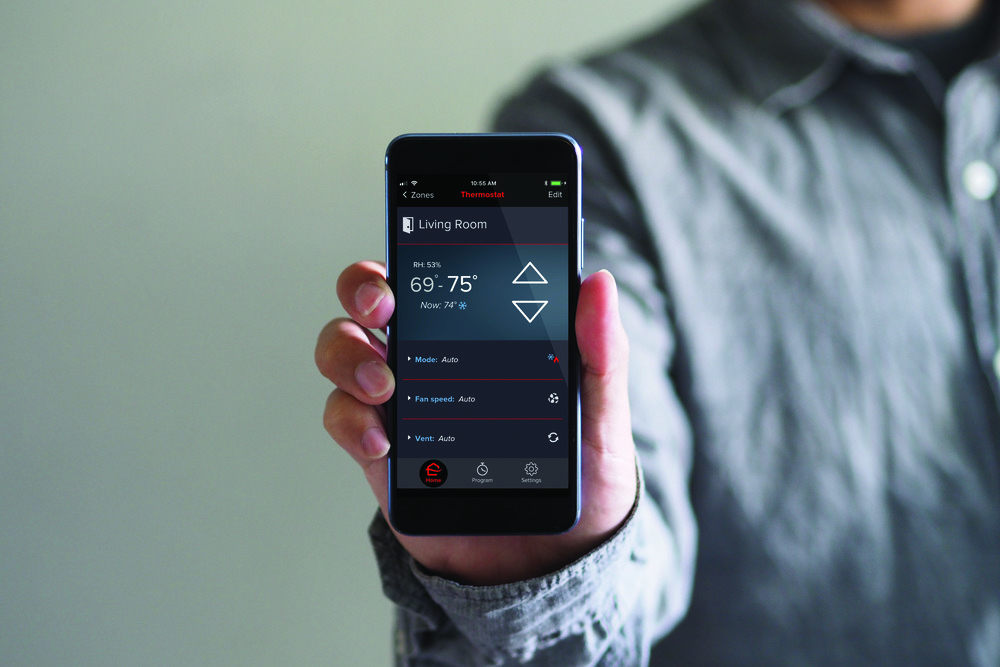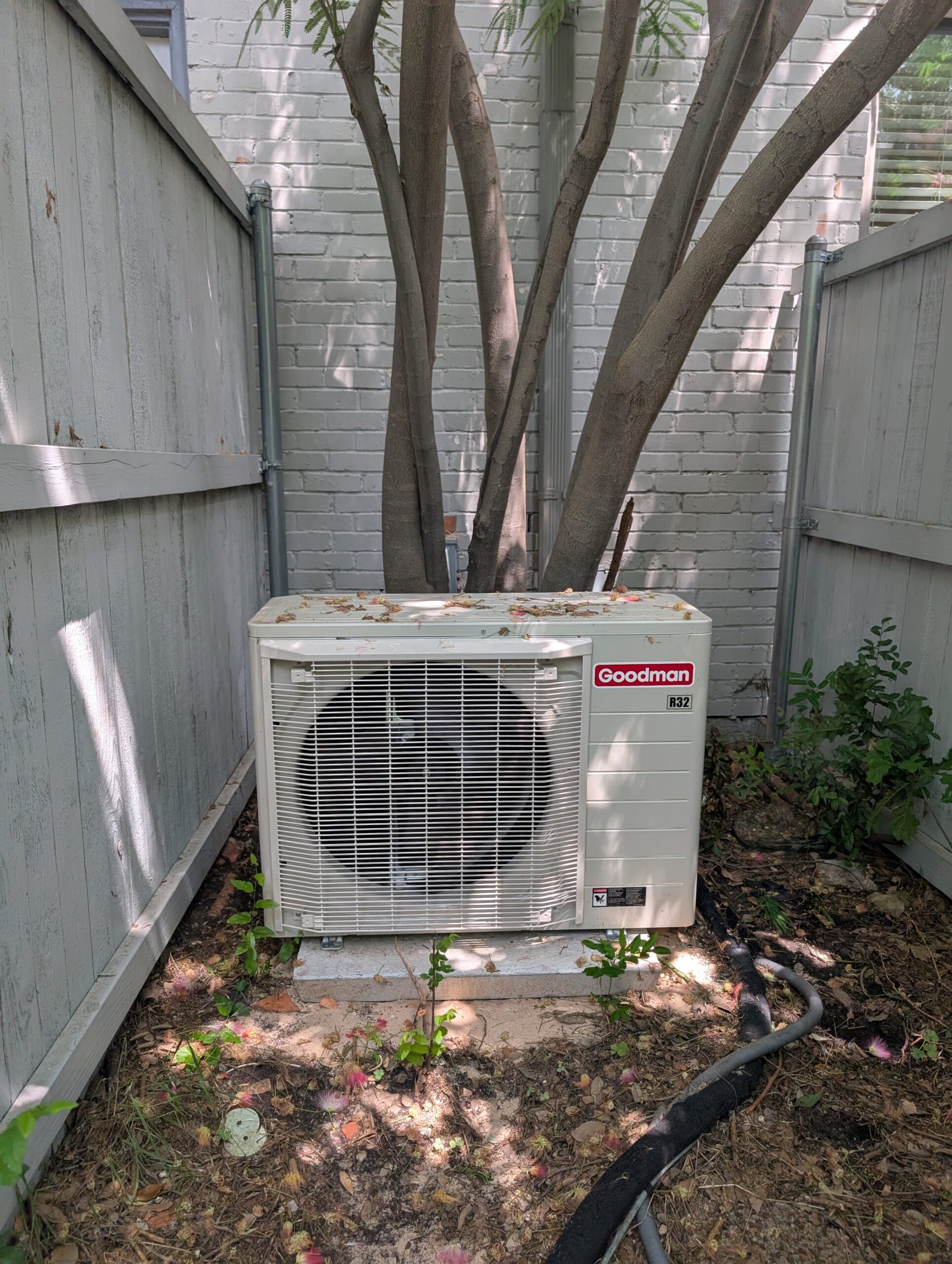Decoding the Comfort Code: Understanding Residential Communicating HVAC Systems
In today’s world, where efficiency and personalized comfort reign supreme, HVAC technology has taken a giant leap forward. We’re no longer talking about simple on/off systems. Enter the era of communicating HVAC systems – a game-changer for homeowners seeking optimal climate control, energy savings, and peace of mind. But what exactly is a communicating HVAC system, and how can it benefit your home? Let’s dive in.
What is a Communicating HVAC System?
Think of your traditional HVAC system as a group of individuals working independently. The furnace, air conditioner, and thermostat operate with limited interaction. A communicating system, on the other hand, is like a well-coordinated team. Individual components, including the thermostat, furnace, air conditioner, and even individual room sensors, exchange information constantly. This real-time data exchange, facilitated by sophisticated sensors and microprocessors, allows the system to dynamically adjust its performance to maintain the perfect temperature in your home.
You might be surprised to learn that many newer systems have some level of communication built-in. This is driven by several factors, including increasing energy efficiency standards, the introduction of new refrigerants (like R-454B, which requires leak detection communication), and the rise of variable-speed technology (common in mini-split systems). However, for the purpose of this discussion, we’re focusing on systems designed to actively track, communicate, and display detailed error information. These advanced systems go beyond basic communication and offer a wealth of benefits.

The Benefits of a Smarter Climate
Communicating HVAC systems offer a range of advantages that translate to a more comfortable, efficient, and worry-free home environment:
- Higher Efficiency: These systems optimize performance based on real-time data, minimizing energy waste and lowering your utility bills. They don’t just run at full blast or shut off; they modulate their output to precisely match your heating and cooling needs.
- Enhanced Comfort: Say goodbye to uneven temperatures and stuffy rooms. Communicating systems provide more precise temperature control and better humidity management, creating a consistently comfortable environment throughout your home.
- Quieter Operation: Because they can modulate their output, these systems often operate at lower speeds, resulting in significantly quieter performance.
- Easier Maintenance: Communicating systems can alert you and your technician to specific issues, simplifying both routine maintenance and troubleshooting. Some systems even offer remote access for technicians, allowing them to diagnose problems before arriving at your home.
- Extended Warranty: Many manufacturers offer longer warranties on communicating systems due to their enhanced reliability.
- Remote Access and Control: Many communicating systems integrate seamlessly with smart home technology, allowing you to control your HVAC system remotely through a smartphone app. This means you can adjust the temperature while you’re away, ensuring a comfortable welcome home.
How Does it Work?
The magic of communicating HVAC systems lies in the intricate network of sensors and microprocessors. Each component is equipped to gather and transmit data, such as temperature, airflow, and operating status, to the central control unit (often a smart thermostat). The thermostat acts as the “brain” of the system, analyzing this information and making adjustments to optimize performance. For example, if the house is reaching its desired temperature, the system can reduce the airflow, compressor speed and start to modulate a lower setting saving energy and maintaining consistent comfort.
Trane’s Remote Technician Tool: Proactive Problem Solving
One of the most significant advancements in communicating HVAC technology is the ability for technicians to remotely access and monitor system performance. Trane, a leading HVAC manufacturer, offers a powerful diagnostic tool that allows technicians to connect to communicating systems and gather real-time data. This remote access capability provides several key advantages:
- Proactive Monitoring: Technicians can monitor system performance 24/7, identifying potential issues before they become major problems. This proactive approach can prevent costly breakdowns and extend the 1 life of your HVAC system
- Remote Diagnostics: Instead of relying solely on on-site visits, technicians can remotely diagnose problems, saving time and money. They can analyze airflow, system pressures, voltage, amperage, and other critical data points to pinpoint the source of the issue.
- Faster Repairs: Remote diagnostics often allow technicians to arrive at your home with the necessary parts and tools, minimizing downtime and getting your system back up and running quickly.
- Improved Customer Service: Remote monitoring allows technicians to provide better customer service by proactively addressing potential issues and keeping homeowners informed about the health of their HVAC system.
Smart Home Integration: The Next Level of Comfort
Communicating HVAC systems often integrate seamlessly with smart home platforms. This opens up a world of possibilities, including:
- Remote Control: Adjust your thermostat from anywhere using your smartphone.
- Scheduling: Program your HVAC system to automatically adjust the temperature based on your schedule.
- Voice Control: Use voice commands to control your HVAC system through smart assistants like Amazon Alexa or Google Assistant.
- Energy Monitoring: Track your energy usage and identify areas for potential savings.
Cost Considerations and Installation
While the initial investment for a communicating HVAC system may be higher than a traditional system, the long-term savings on energy bills and reduced maintenance costs can offset this difference. It’s important to have your system professionally installed to ensure optimal performance and compatibility between components. A qualified HVAC technician can assess your home’s specific needs and recommend the best communicating system for your family.
Making the Switch: Is a Communicating System Right for You?
If you value consistent comfort, energy efficiency, and peace of mind, a communicating HVAC system is definitely worth considering. These systems offer a level of control and customization that traditional systems simply can’t match. As technology continues to advance, communicating HVAC systems are becoming the standard for modern homes. Contact a qualified HVAC professional in the Dallas-Fort Worth area to learn more about how a communicating system can transform your home’s climate.








